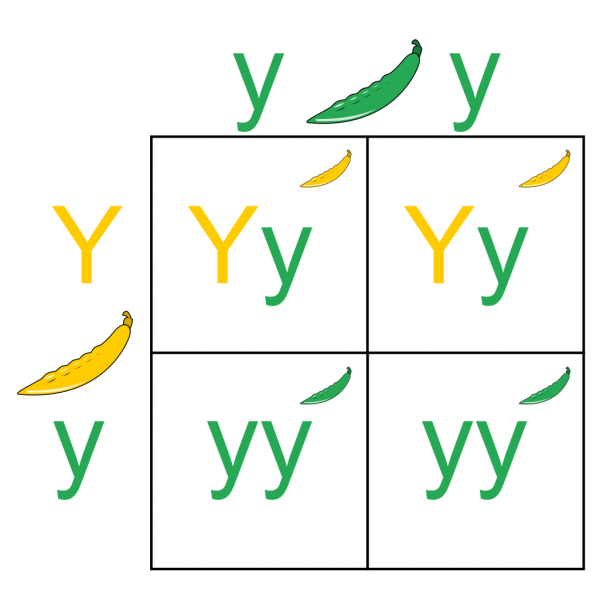As a child, I was fascinated by Gregor Mendel’s experiments with peas. In those days, dominate or recessive genes were touted as being responsible for eye color and other genetic characteristics passed from parent to offspring. Today, thanks to the evolution of genetic research and the sequencing of the entire human genome, we know that dominant and recessive characteristics are not directly determined by genes; rather, it is the protein code within a gene that gives rise to the unique traits and body functions that are expressed within each human being, and quite frankly, all living organisms. Fascinating, isn’t it?
As stated in the Principles of Genetics for Health Professionals, published by the National Coalition for Health Professional Education in Genetics, “Genetics and genomics are the most basic sciences for health care and for education of health professionals.” Demonstrated by this statement alone, without the basic knowledge, skills, and competency, nurses will be ill prepared to meet the needs of patients involved in this fast-evolving field of science. Ultimately, genetic and genomic research plays a role for every patient to some degree and will continue to expand as new information is gained and new screenings, diagnostics, and treatments are developed.
Along with advances in science comes new terminology, tests, treatments, and outcomes. For instance, genotype, phenotype, and haplotype all describe a different phenomenon within genetic and genomic circles. Genotype refers to an individual's collection of genes, within the gene are two alleles (one from each parent) that hold the information needed to carry on life within an organism. When both alleles are the same, an individual is said to be homozygous for that gene. Heterozygous or heterogeneity occurs when the alleles within the gene are different. A individual’s observable traits are their phenotype; traits such as eye color, height, and even blood type are all part of a person’s phenotype.
So what is a haplotype? Remember from biology that sperm and ova each contain only one set of chromosomes, which is called haploid. When sperm meets ova, diploid cells (now containing two chromosomes) are formed. Haplotype refers to a group of genes that were inherited together from one or the other parent. This information is so useful, that an entire project (somewhat similar to the human genome project) is being conducted. The International HapMap Project is a consortium of researchers who are cataloging the genetic differences and similarities in humans in an effort to better understand the effect of genes on health, disease, and even how an individual will respond to medications and environmental factors.
Other blog posts have described the differences between genomics and genetics. Proteomics is also abuzz in the media. Proteomics is the study of how proteins interact and affect the biophysical experience of life. Researchers hold promise that proteomics will further expand the knowledge made available by sequencing the human genome and result in new diagnostics and treatment of disease. Prostate-specific antigen, or PSA, is just one example of how a better understanding of proteins can affect health.
I had great fun as a kid plugging dominant or recessive traits into a Punnett square to calculate the probability of trait inheritance. Little did I imagine the strides that would be made in this field within my lifetime. It makes me wonder what will develop in the next 30 years. If you want to learn more, purchase a copy of Genetics and Genomics in Oncology Nursing Practice or sign up for ONS's next genomics and genetics online courses. If you are interested in the genetic and genomic competencies endorsed by 50 nursing oganizations, the information is available in an 80-page monograph—obviously, competency in genetics and genomics should be a goal of every oncology nurse.






